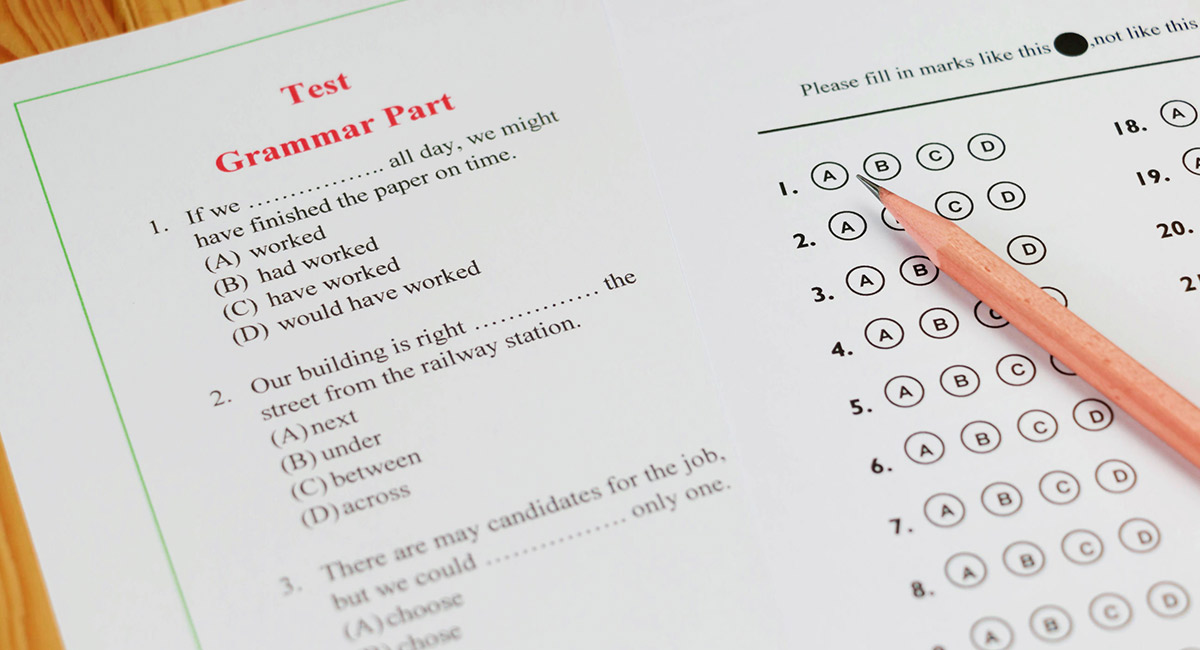Abstract
Nations invest enormous sums of money in their elementary and secondary education—on the order of two to four percent of their Gross Domestic Product. This is as much as, or even more, than their investment in national defense. Consequently, it’s only natural that they are interested in finding out how effectively this money is spent. Furthermore, in recent decades the educational attainment of country’s population was statistically linked to its economic success, a link that necessarily will only strengthen in the future as our society becomes even more dependent on technology.
Educational testing or, more properly, the results of educational testing, are an essential metric for evaluating the quality of the educational system and for informing the public and policymakers about what is and is not functioning as planned. Furthermore, individual students are necessarily interested in their own educational performance, as are parents in the performance of their child, so they can realistically evaluate the chances for the student’s future educational progress as well as their future career path, whether in academia or the workplace.
This report describes educational testing in some detail, argues for the importance of test standardization, and offers evidence of its objectivity particularly when contrasted with the evidence of grade inflation in public schools. Further, it documents its salutary effects on student achievement contrary to the cliché often whipped out by testing opponents that “weighing the cow doesn’t make it fatter”—actually, it seems that it does, notably when there are significant stakes associated with the results of the test to schools and particularly to students. In the same vein the report also addresses other common, straw-man fallacies that test opponents often bring up, such as that testing necessarily narrows the curriculum.
The report concludes that well executed, valid, and objective educational testing seems irreplaceable as an oversight tool for politicians and the public and as a way to guide improvement for students and schools.









